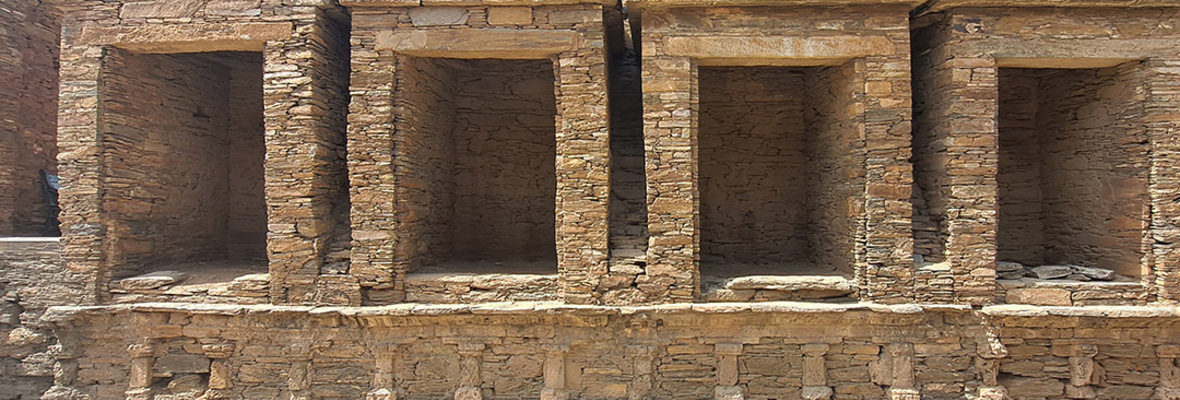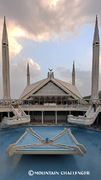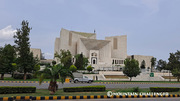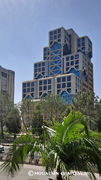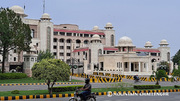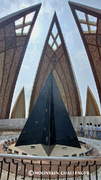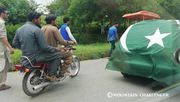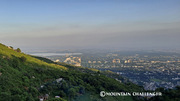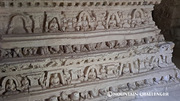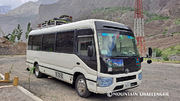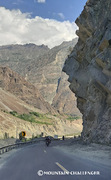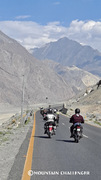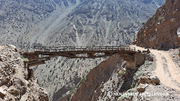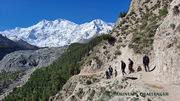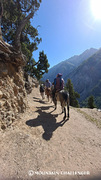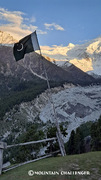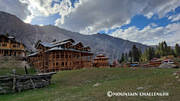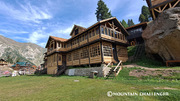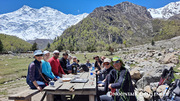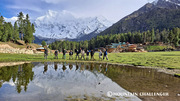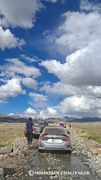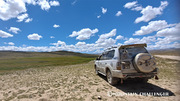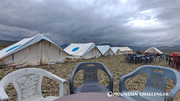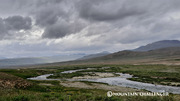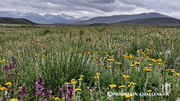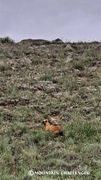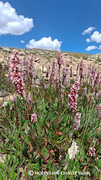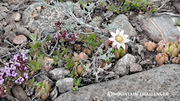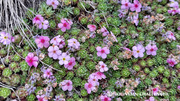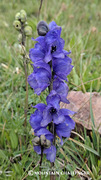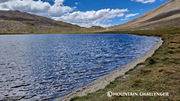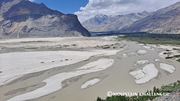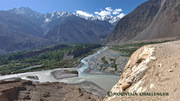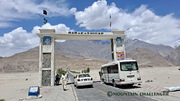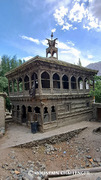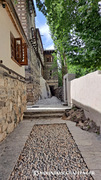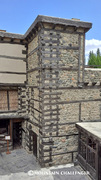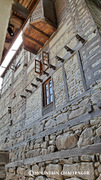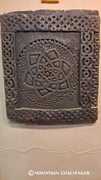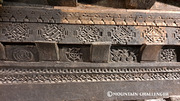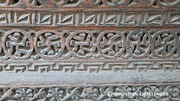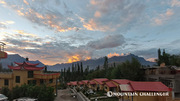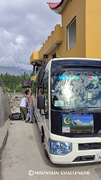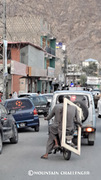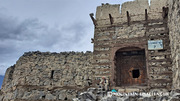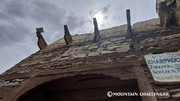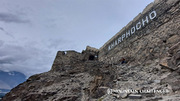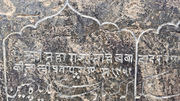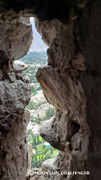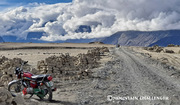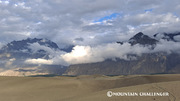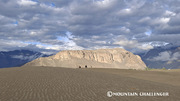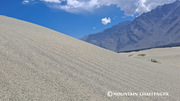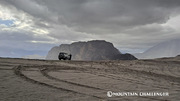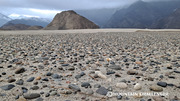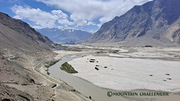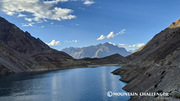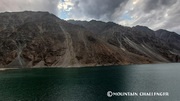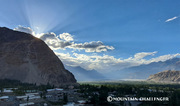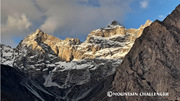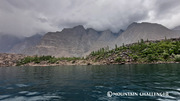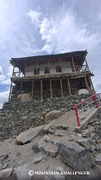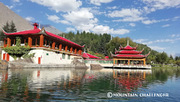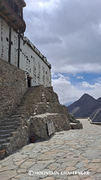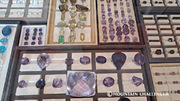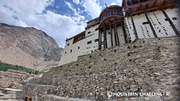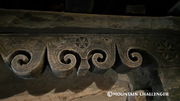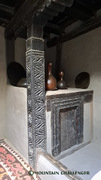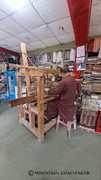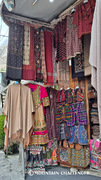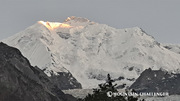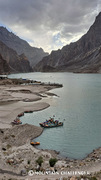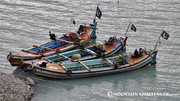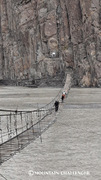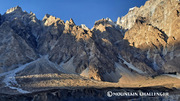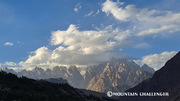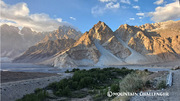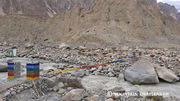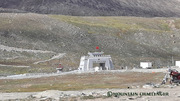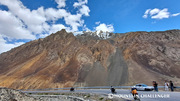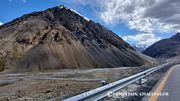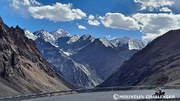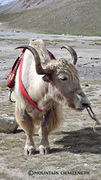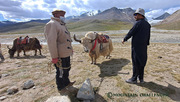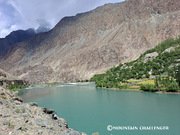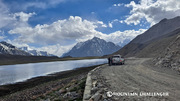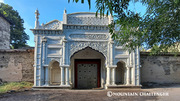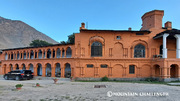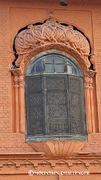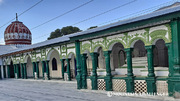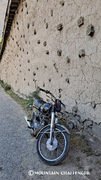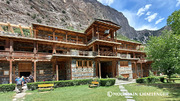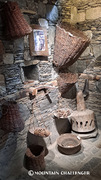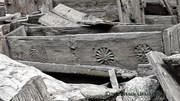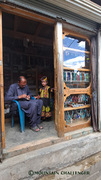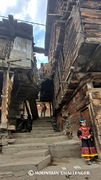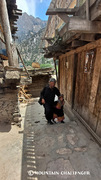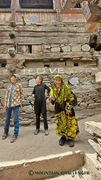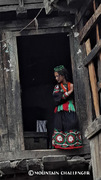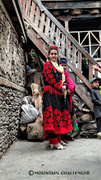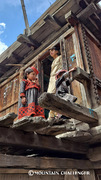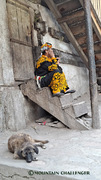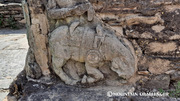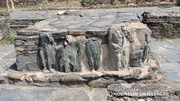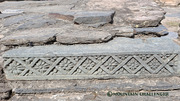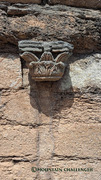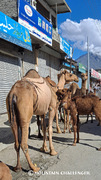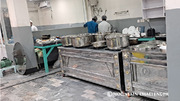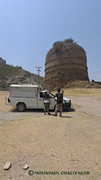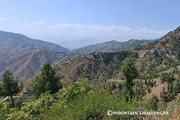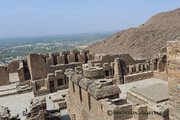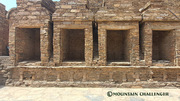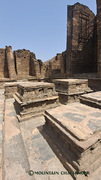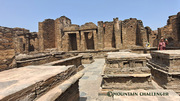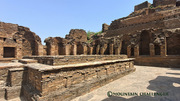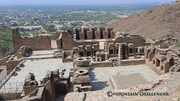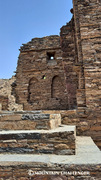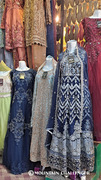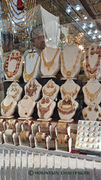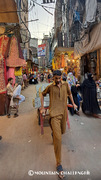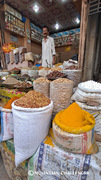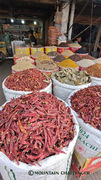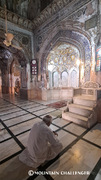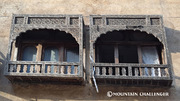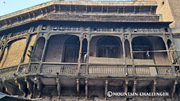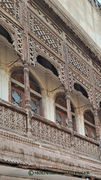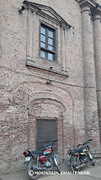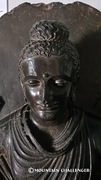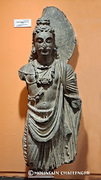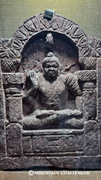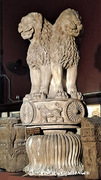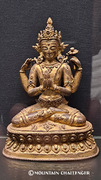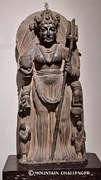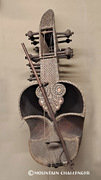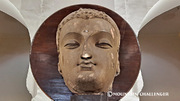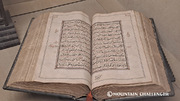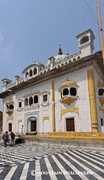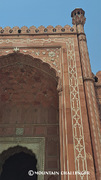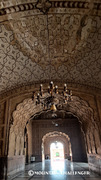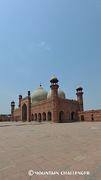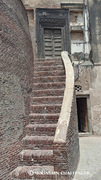- If you are fascinated by Buddhist monuments
- If you like visiting ancient empires
- If you are open-minded and curious about the world
We invite you on an extraordinary journey...
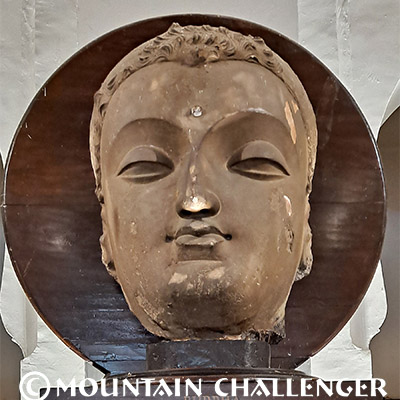 Gandhara is the Sanskrit name for a former Buddhist state partly located in what is now Afghanistan and Pakistan. In the period from the 2nd to the 7th century AD. Buddhist art developed in this area, combining the traditions of Indian and Iranian style with Greek and Roman art, which arrived here from Asia Minor. The sculptures have stylistic features characteristic of particular places of creation, and cultural influences are very strongly visible. The first period of development falls on the time when Gandhara was part of the Kushan state (1st-3rd century). The most important centers at that time were the cities of Peshawar and Taxila. During this period of development, Buddhist buildings had decorations carved in stone. After the reign of the Sassanids (from the mid-3rd century), the art of Gandhara maintained its distinctiveness and a second phase of flourishing took place, lasting until the 5th century. Hadda became the main center then, and the characteristic material for figural sculptures was stucco. In the middle of the 2nd century, the Gandhara style introduced the figure of Buddha to Buddhist art, so far virtually unheard of in art. This was closely related to the Mahayana view that was developing at the time, regarding the Buddha as the embodiment of the absolute principle of existence and the personification of wisdom and compassion. His figure is also shown in the sculpture as a yogi in a perfect balance of physical and spiritual elements, apart from the statues of the Buddha during his ascetic period, which show him properly as a skin-covered skeleton. The art of Gandhara also developed its symbolism. The presented figures have their hands arranged in mudras, and the Buddha - characteristic 32 signs of a great man. Changes in style can be traced in the treatment of the Buddha's robes in the carvings. In the early phase, the robe was depicted as a flowing pattern of gentle folds. In later sculptures we have a rather cold arrangement of folds, very regular and covering the Buddha's body with an ornament of lines. In the final stage, the representation of the robe is reduced to double lines engraved. In the 6th century, the Hephthalites invaded and the Kushan state collapsed, which weakened the artistic life of the region.
Gandhara is the Sanskrit name for a former Buddhist state partly located in what is now Afghanistan and Pakistan. In the period from the 2nd to the 7th century AD. Buddhist art developed in this area, combining the traditions of Indian and Iranian style with Greek and Roman art, which arrived here from Asia Minor. The sculptures have stylistic features characteristic of particular places of creation, and cultural influences are very strongly visible. The first period of development falls on the time when Gandhara was part of the Kushan state (1st-3rd century). The most important centers at that time were the cities of Peshawar and Taxila. During this period of development, Buddhist buildings had decorations carved in stone. After the reign of the Sassanids (from the mid-3rd century), the art of Gandhara maintained its distinctiveness and a second phase of flourishing took place, lasting until the 5th century. Hadda became the main center then, and the characteristic material for figural sculptures was stucco. In the middle of the 2nd century, the Gandhara style introduced the figure of Buddha to Buddhist art, so far virtually unheard of in art. This was closely related to the Mahayana view that was developing at the time, regarding the Buddha as the embodiment of the absolute principle of existence and the personification of wisdom and compassion. His figure is also shown in the sculpture as a yogi in a perfect balance of physical and spiritual elements, apart from the statues of the Buddha during his ascetic period, which show him properly as a skin-covered skeleton. The art of Gandhara also developed its symbolism. The presented figures have their hands arranged in mudras, and the Buddha - characteristic 32 signs of a great man. Changes in style can be traced in the treatment of the Buddha's robes in the carvings. In the early phase, the robe was depicted as a flowing pattern of gentle folds. In later sculptures we have a rather cold arrangement of folds, very regular and covering the Buddha's body with an ornament of lines. In the final stage, the representation of the robe is reduced to double lines engraved. In the 6th century, the Hephthalites invaded and the Kushan state collapsed, which weakened the artistic life of the region. 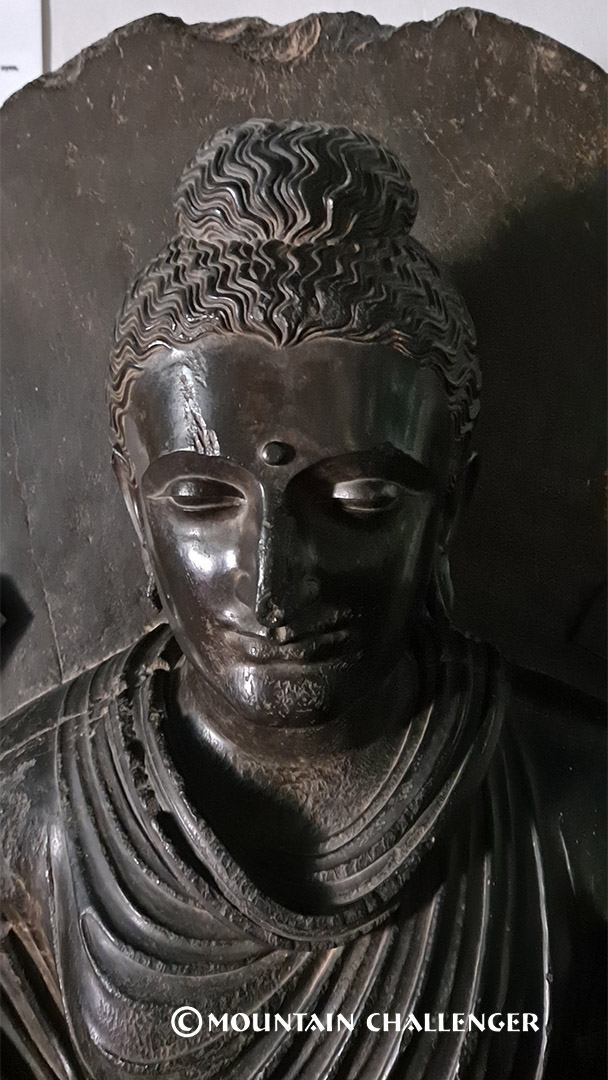 Of the numerous monasteries testifying to how Buddhism was deeply rooted in these areas - a large number of monuments are still preserved. Large-scale research is still being carried out and discoveries are being made at many archaeological sites. Through Mathura, the art of Gandhara influenced the art of India during the Gupta period (4th-6th centuries). The area of Gandhara also played a huge role in the spread of the art and ideology of Buddhism to Central Asia and China.
Of the numerous monasteries testifying to how Buddhism was deeply rooted in these areas - a large number of monuments are still preserved. Large-scale research is still being carried out and discoveries are being made at many archaeological sites. Through Mathura, the art of Gandhara influenced the art of India during the Gupta period (4th-6th centuries). The area of Gandhara also played a huge role in the spread of the art and ideology of Buddhism to Central Asia and China.
During the 21-day trip you will see many unusual places, unobvious, unknown to a wider group of tourists.
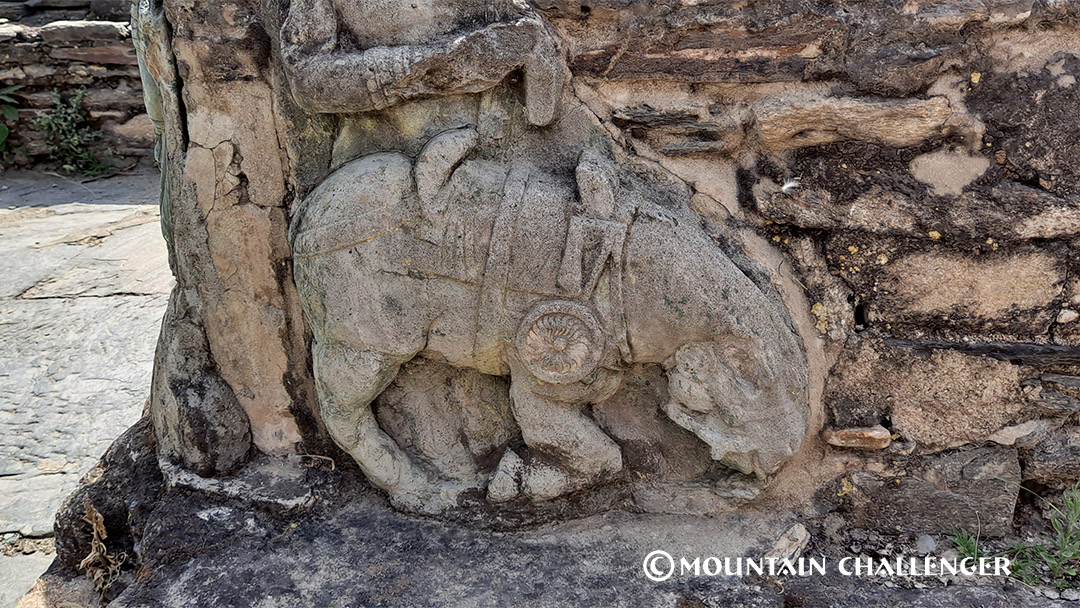 An afternoon visit to Islamabad and a visit to the Pakistan Monument Museum, Marghala Hills (Daman e koh) and dinner at a Pakistani restaurant are just the beginning of an extraordinary journey. In Taxila, the famous Buddhist capital of the UNESCO World Heritage Site, we will visit the Jaulian Monastery and the Archaeological Museum. Later, we plan our first meeting with the Karakoram Highway, one of the highest highways in the world, and a visit to the picturesque and charming Fairy Meadows located at the foot of Nanga Parbat (8,126 m a.s.l.), the famous "killer of climbers", the ninth peak of the world. Of course, our plan also includes a visit to the Deosai Plateau, the second highest after the Tibetan Plateau, where since 1994 there is a National Park where, among other things, the Himalayan brown bear is protected. On the way to Skardu, from where most trips in Karakoram depart - a short visit to Shigar, visiting Amburik Masjid and Shigar Fort. From Skardu we will go on a day trip to Khaplu with a visit to the remains of the rock fort - Thoxi Khar and the still functioning Serena Fort. Karimabad in the Hunza Valley cannot be missed on our trip. There we will visit the Baltit Fort Museum, the Altit Fort Museum and see the unusual Lady Fingers spire and the famous Rakaposhi. We also want to show you the Hopar Glacier. On the way to the Passu, we will see Atabad Lake, the Passu Glacier and try to cross the famous Husaini Suspension Bridge. The next day is a drive from Karimabad to the Khunjerab Pass (4693 m. above sea level), where the border with China runs through the world's highest located border crossing with a paved road. During our trip we will also visit Gilgit and on the way to Mastuj we will overcome another high pass - Shandur Pass (3700 m. above sea level), where the Polo Festival is traditionally organized every year at the highest polo stadium in the world. After visiting the Chitral attractions, where you can get to know the slightly unique Kalash culture and visiting the Bumburat Valley, we will go to Mingora to see the magnificent monuments of the former Buddhist kingdom of Gandhara in the Swat Valley, including the Buddhist complex in Takht-i - Bhai, which is listed as a UNESCO World Heritage Site and many archaeological sites documenting the cultural heritage of this region. We plan to visit the Museum in Peshawar, which is rich in valuable Buddhist exhibits, and after arriving in Lahore, we will visit the most valuable monuments of the city. Upon arrival in Islamabad, shopping at Jinnah Super Market and dinner at a restaurant....
An afternoon visit to Islamabad and a visit to the Pakistan Monument Museum, Marghala Hills (Daman e koh) and dinner at a Pakistani restaurant are just the beginning of an extraordinary journey. In Taxila, the famous Buddhist capital of the UNESCO World Heritage Site, we will visit the Jaulian Monastery and the Archaeological Museum. Later, we plan our first meeting with the Karakoram Highway, one of the highest highways in the world, and a visit to the picturesque and charming Fairy Meadows located at the foot of Nanga Parbat (8,126 m a.s.l.), the famous "killer of climbers", the ninth peak of the world. Of course, our plan also includes a visit to the Deosai Plateau, the second highest after the Tibetan Plateau, where since 1994 there is a National Park where, among other things, the Himalayan brown bear is protected. On the way to Skardu, from where most trips in Karakoram depart - a short visit to Shigar, visiting Amburik Masjid and Shigar Fort. From Skardu we will go on a day trip to Khaplu with a visit to the remains of the rock fort - Thoxi Khar and the still functioning Serena Fort. Karimabad in the Hunza Valley cannot be missed on our trip. There we will visit the Baltit Fort Museum, the Altit Fort Museum and see the unusual Lady Fingers spire and the famous Rakaposhi. We also want to show you the Hopar Glacier. On the way to the Passu, we will see Atabad Lake, the Passu Glacier and try to cross the famous Husaini Suspension Bridge. The next day is a drive from Karimabad to the Khunjerab Pass (4693 m. above sea level), where the border with China runs through the world's highest located border crossing with a paved road. During our trip we will also visit Gilgit and on the way to Mastuj we will overcome another high pass - Shandur Pass (3700 m. above sea level), where the Polo Festival is traditionally organized every year at the highest polo stadium in the world. After visiting the Chitral attractions, where you can get to know the slightly unique Kalash culture and visiting the Bumburat Valley, we will go to Mingora to see the magnificent monuments of the former Buddhist kingdom of Gandhara in the Swat Valley, including the Buddhist complex in Takht-i - Bhai, which is listed as a UNESCO World Heritage Site and many archaeological sites documenting the cultural heritage of this region. We plan to visit the Museum in Peshawar, which is rich in valuable Buddhist exhibits, and after arriving in Lahore, we will visit the most valuable monuments of the city. Upon arrival in Islamabad, shopping at Jinnah Super Market and dinner at a restaurant....
Then it's just a transfer to the airport before departure and the end of the trip...
This expedition, like other trekking in Pakistan, has one more great advantage, it allows you to commune with the natural beauty of nature, with adventure. It differs from events organized in commercial places, where only the known name of the place counts, and the number of tourists staying there at the same time makes it impossible to truly "experience" these places...
Therefore, if you want to taste ADVENTURE, if you want to get to know REAL culture and tradition, if you want to commune with NATURE minimally changed by people - come with us to Pakistan
Price per person (21 day trip) from: USD 1800
Have a question or suggestion? Want to go with us?
BOOK YOUR TRIP
Check:
Opinions about us
What is not included in the price
Trip plan



